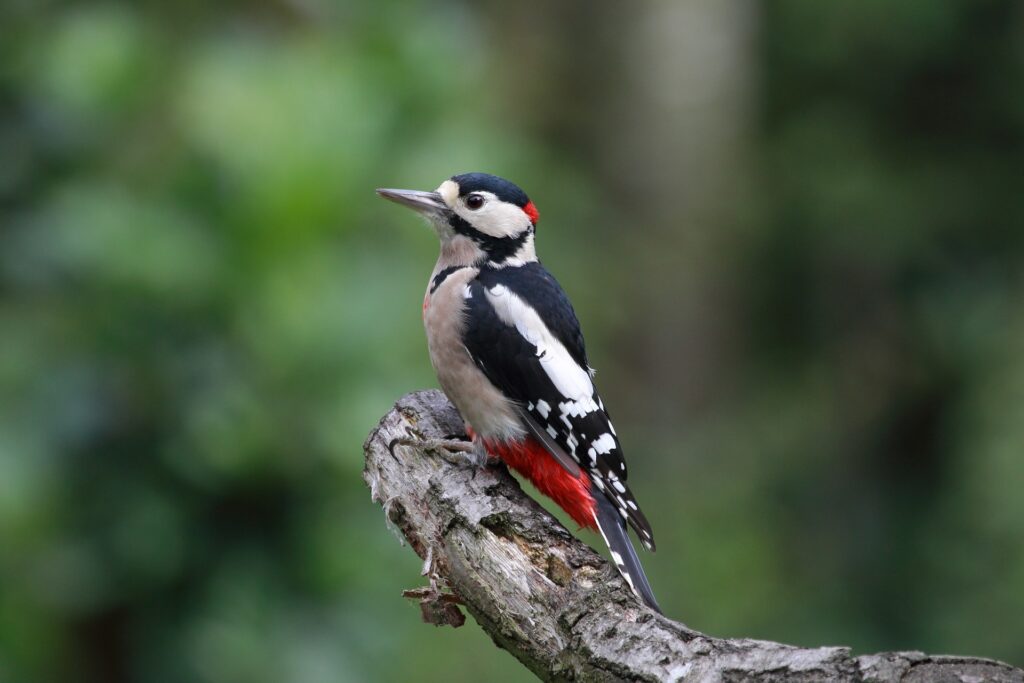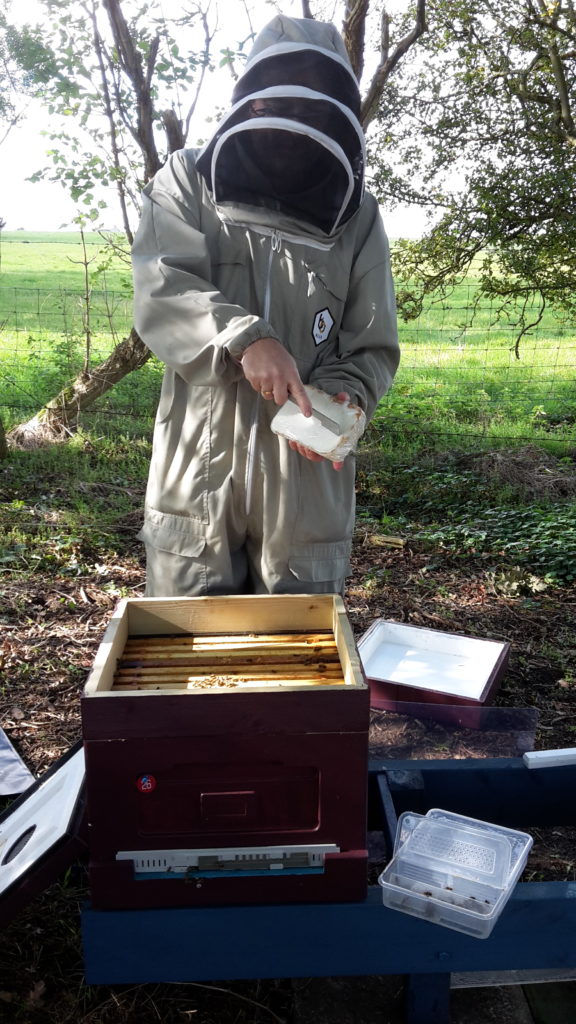The most popular question we get asked is “What can we do to help the bees?”, usually followed by “How can we keep bees?”
The answer is actually much simpler than most people realise.
Firstly we have to define what we mean by bees. There are approximately 250 different species of bees in the UK, all but a few (the honey bee and some bumble bees ) are solitary meaning they live on their own. They are not looked after by humans like honey bees and are in great decline.
The best way to help these bees, and a lot of other insects like butterflies and hover flies, is to provide flowers for nectar and pollen. And the best flowers to choose are native varieties that flower during periods when there is little forage otherwise.
Now there are four interesting plants that are free and easily grown that fit the bill but most people spend a lot of time trying to eradicate them.
The first one flowers from May to October so cover the june “gap” where most of the spring flowers have finished but the summer flowers haven’t appeared yet. Its the humble Dandelion! Before you laugh, Dandelions produce a nectar that’s is approximately 50% sugar and there are lots of them. They also have small flowers which mean they are accessible to many insects with both long and short tongues.
The second is white clover. This flowers from June to September, again covering the june “gap” and produces a nectar of approx 35% sugar. It must be white clover though as pink clover is only accessable to insects with long tongues.
The third is blackberry bushes. Flowering from May to June with a good sugar content of 45% and they make tasty fruit to eat.
The last is Ivy. Most people don’t know that it flowers at all but it does around September and depending on temperature well into December. Sugar content of its nectar is approximately 50% and is invaluable to bees in the winter months where little else exists.
So, if we can just get past considering these flowers as weeds and give them a little space in the garden to grow we would help the bees at no expense to ourselves and with no effort!
See it is simple.












